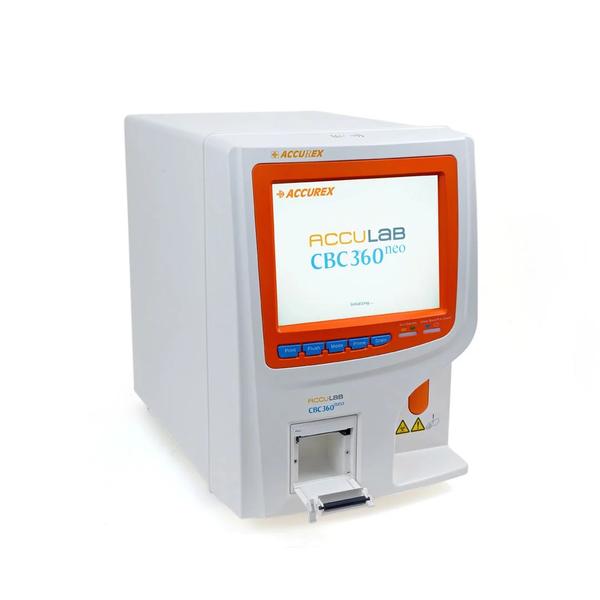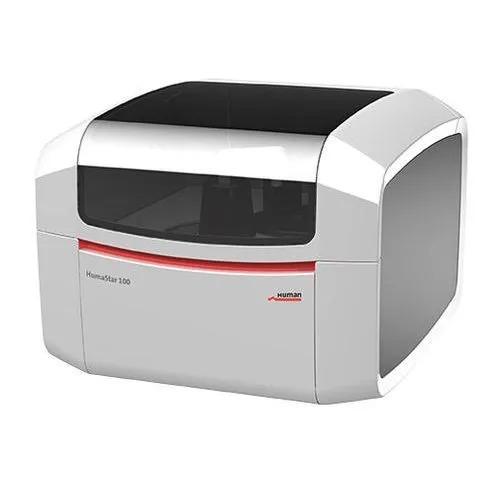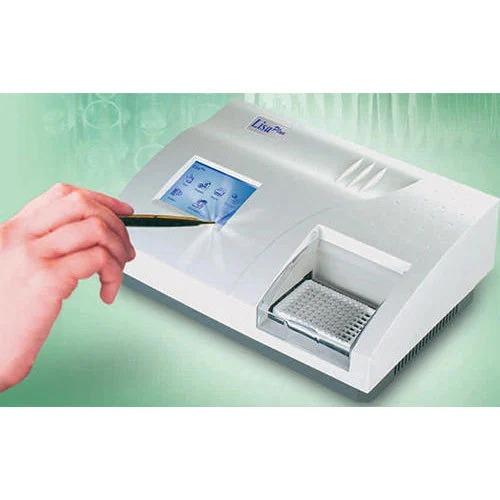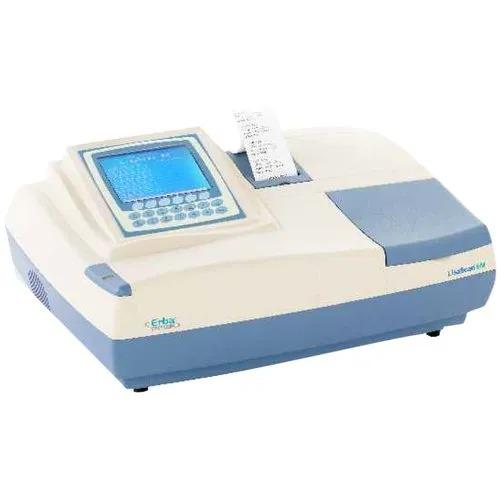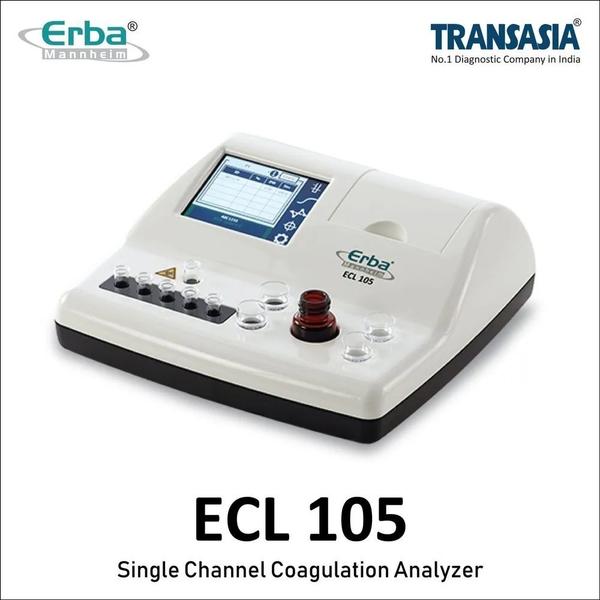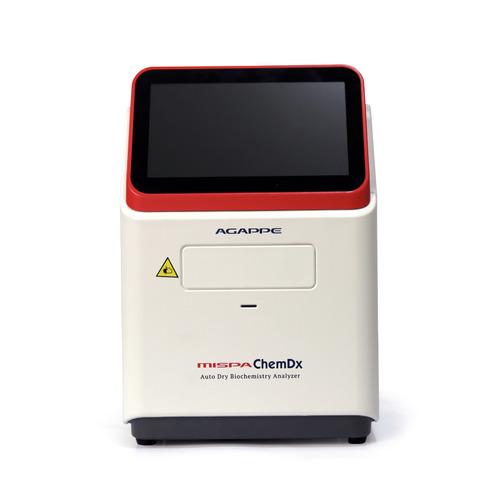Find the Best Semi Automatic Biochemistry Analyzer from Accurex. Buy Acculab At 112 Plus (Semi Auto Biochemistry Analyzer) which is the best Biochemistry Machine with numerous features like Filter Check, Self-check operation for optical filters, Checks the absorbance of each of the 7 filters & free position, Ensures that all the filters are in good working condition. This Biochemistry Analyzer has Improved ergonomic touch screen display, ensures strain free viewing with End point, kinetic, fixed time & absorbance mode. FILTER CHECK • Self-check operation for optical filters. • Checks the absorbance of each of the 7 filters & free position. • Ensures that all the filters are in good working condition. WORKLIST • A unique facility by which a worklist can be prepared for every sample ID. • Printouts can be taken by sample ID or test parameters. • Print by ID : Ensures that no test is left out for a particular ID. • Print by Test : Ensures that all reagents / working solutions are prepared in correct volumes preventing wastage. • The system flags any test which is missed out for a particular ID, ensuring all assay panel is completed. LAMP SAVING • Lamp saving option available ensuring long lamp life. • The lamp can be turned off in case of sporadic sample workload ALARMS • Audio alarm is sounded when results are higher (S) or lower (L) than reference range ensuring that all abnormal samples are flagged for further review. • Improved ergonomic touch screen display, ensures strain free viewing • End point, kinetic, fixed time & absorbance mode • Single & bichromatic measurement • Memory : 3200 results • 112 programmable channels • Calibration modes – 1 standard / multi-point linear / multi-point non-linear • Easy-access maintenance chamber ensures efficient uptime management • Real-time reaction curve display • Anti-vibration & anti-disturbance optical system ensures highly accurate results • Option of 7 filters (340 – 630 nm) & 1 free position • Comprehensive quality control program with L-J graph • Lamp saving feature to prolong lamp life • Audible / visual alarm available • Easy-tear printer design Methodology: End point, kinetic, fixed time & absorbance Calibration: Single standard/multi-point linear/multi-point non-linear Programmable channels: 112 Memory: 3200 results Quality control: Comprehensive QC software with L-J graph Light source:Quartz-Halogen lamp 12V / 20W Photometric range: 0.0000 to 3.0000 Abs, Resolution : 0.0001 Abs : Drift : 0.002 Abs/hour Wavelength range: 7 standard filters: 340, 405, 492, 510, 546, 578, 630 nm & 1 free optional position ; Half Bandwidth < 8 nm : Stray light : < 1.0 % at 340 nm, Stainless steel body with quartz window; Optical path 10 mm Flowcell: Stainless steel body with quartz window; Optical path 10 mm Measuring volume: 32 μl Programmable aspiration volume:: 500-2000 μl Temperature control: Peltier elements : 25°C, 30°C & 37°C ±0.1°C Input: Ergonomic LCD touch screen display Printer: Built-in high speed thermal printer Interface: RS-232 serial port Dimension / Weight: 450 x 360 x 140 mm / 11.5 kgs Operating environment: Temperature: 15-30°C ; Humidity: 20-80 % Power requirement: AC 110-220 V ±10%, 50/60 Hz Safety Information • The position of the LCD display has been designed to reduce cervical (neck muscle) strain during continual use. • The aerial view display design makes it possible to view the screen from multiple perspectives, (standing or sitting, with equal clarity). Direction for Use • A unique facility by which a worklist can be prepared for every sample ID. • Printouts can be taken by sample ID or test parameters. • Print by ID : Ensures that no test is left out for a particular ID. • Print by Test : Ensures that all reagents / working solutions are prepared in correct volumes preventing wastage. • The system flags any test which is missed out for a particular ID, ensuring all assay panel is completed. Other Info • Improved ergonomic touch screen display, ensures strain free viewing • End point, kinetic, fixed time & absorbance mode • Single & bichromatic measurement • Memory : 3200 results • 112 programmable channels • Calibration modes – 1 standard / multi-point linear / multi-point non-linear • Easy-access maintenance chamber ensures efficient uptime management • Real-time reaction curve display • Anti-vibration & anti-disturbance optical system ensures highly accurate results • Option of 7 filters (340 – 630 nm) & 1 free position • Comprehensive quality control program with L-J graph • Lamp saving feature to prolong lamp life • Audible / visual alarm available • Easy-tear printer design
Send Message
